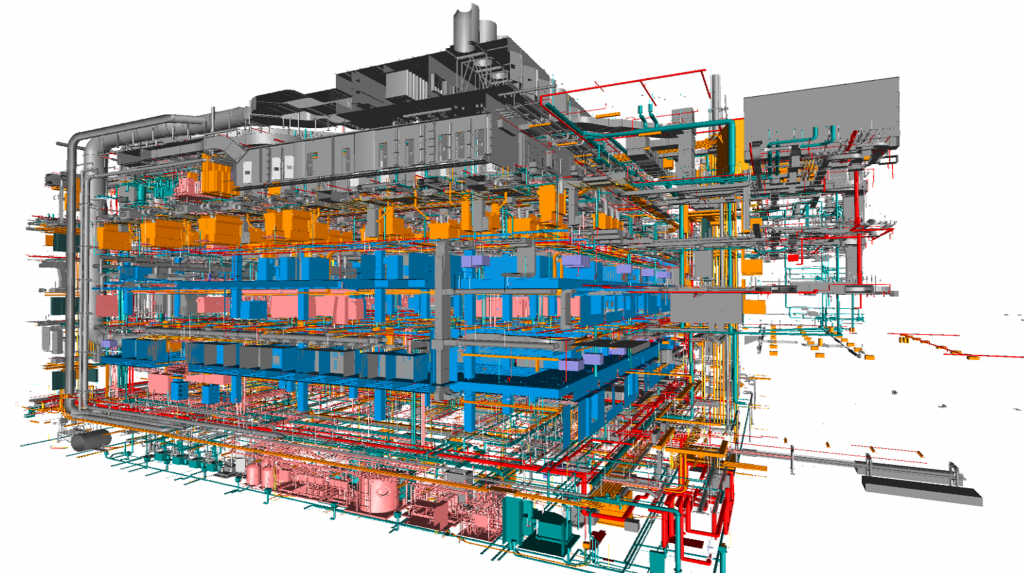Academic infrastructure

We make the case above for the expanded role of universities in education, research, and IP generation and translation as part of a comprehensive national drive to regain leadership in semiconductors and microelectronics. Key to accomplishing these goals is a robust university infrastructure—facilities and tools but also the staff support structures that make everything hum.
We noted earlier the inadequate state of university research facilities for advanced microelectronics research and the need for a crash program to rejuvenate, expand, and subsequently sustain and periodically refreshen the capabilities. We further made a case for the importance of establishing new 200-mm facilities that combine the performance, reliability, and reproducibility of commercial manufacturing tools with the flexibility to handle a wide range of materials and sample sizes and shapes. These tools, as well as smaller, more versatile research tools, can be operated in an economically sound model if they are shared by a broad community of investigators, educators, startups, companies, universities, colleges, community colleges, and national labs.
Attention to university infrastructure should extend to facilities for metrology, CAD, system design and prototyping, testing and packaging, and access to integrated circuit (IC) shuttle runs.
Attention to university infrastructure should extend to facilities for metrology, CAD, system design and prototyping, testing and packaging, and access to integrated circuit (IC) shuttle runs. It is often the case that these capabilities sit in private labs or are otherwise out of reach to students taking classes. Existing shared facilities should support these resources for the benefit of the entire community and CAD licensing arrangements and necessary cyberinfrastructure should be put in place to allow flexible access by the at-large student body.
The human factor is as critical as buildings and instruments. Highly qualified, well-motivated technical staff is an integral element of a successful operation. It is our experience that universities can create an attractive working milieu that is capable of hiring and retaining competent personnel even in a field rich in employment opportunities. These personnel become the heart and soul of educational and research activities. Threatening this is understaffing, scarce resources, and inadequate salaries. A crash tool expansion and modernization program, as argued here, must come with a concomitant increase in the technical staff ranks with support for service contracts by outside professional entities.

When thinking about the human factor in university microelectronics activities, junior faculty play a singular role. U.S. universities frown upon faculty inbreeding and rely on the hiring of junior faculty to rejuvenate the faculty ranks, acquire new ideas, and launch new initiatives. Junior faculty are selected through an extremely competitive process, generally with the goal of establishing new and promising research programs that expand university offerings. They are expected to quickly gain recognition in their chosen field and are given a great deal of autonomy to design their paths. This academic environment differs from that in many other countries, where junior faculty toil under the tutelage of a senior professor. In the U.S., junior faculty have to be ambitious and resourceful risk-takers and, as a result, are highly productive and innovative. A national program that aims to restore U. S. microelectronics leadership should also invest in the creation of new faculty slots at U.S. colleges and universities and provide flexible career-initiation grants for equipment and research support in the early years of a faculty career.
A national program that aims to restore U. S. microelectronics leadership should also invest in the creation of new faculty slots at U.S. universities and colleges and provide flexible start-up funds for equipment and research support in the early years of a faculty career.
Further, a renewed partnership in microelectronics between industry and academia should recruit seasoned and experienced researchers from industry to participate in university education and research activities. It will be essential to develop programs that foster the on-campus presence of industrial experts as visiting scientists, professors of practice, guest lecturers, and mentors. In the other direction, it is equally important to establish research sabbaticals for faculty and university research personnel at prototyping facilities and industry research R&D laboratories.